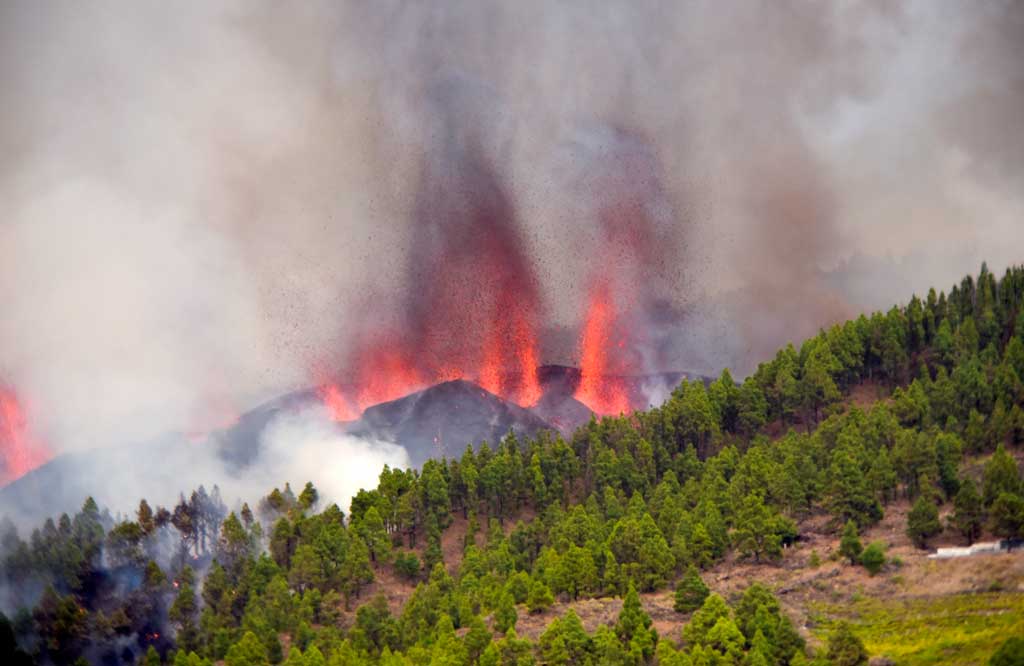- Experts emphasize that the cloud will be harmless and will not affect health, but it will slightly worsen air quality – Climatology explains that it will be a situation similar to when there is dust hanging in the air from north Africa
The volcanic eruption that is sweeping across parts of the island of La Palma will also have consequences for the province of Alicante. The ash cloud and sulphur dioxide that the volcano expels is scheduled to reach the province this Thursday afternoon, making the province one of the first areas to be affected.
The winds that have contributed to the formation of the recent spell of rain and drop in temperatures, and the instability that will last until Friday, are driving the volcanic ash to North Africa and also across the Valencian Community.
When it does arrive the ash, which is harmless to health, will have the same effect that we often get from the desert dust. “Air quality will deteriorate but, above all, the dust will produce a layer of dirt across urban furniture and cars, particularly if it rains toward the end”, explains Jorge Olcina , director of the Laboratory of Climatology at the University of Alicante . “However, if it doesn’t rain, we won’t notice a lot of change,” says Olcina.
According to data from the Volcanological Institute of the Canary Islands (Involcan), the nine mouths of the La Palma volcano expel some 10,665 tons of sulphur dioxide daily that rises rapidly through the ash column and remains suspended in the intermediate layers of the atmosphere, putting it at the mercy of the winds.
At the moment, the winds are moving it towards the southeast, towards the African coast, but the predictions made by the Copernicus program suggest that they will reach the peninsular coast through the Alboran Sea and the south of the Gulf of Valencia by Thursday afternoon. These predictions indicate that the entire peninsula will be under the influence of the cloud on Friday.
Experts reiterate that the cloud will pose no health risks as the ash and the rest of the suspended particles reach a height that ranges between 1 and 15 kilometres above sea level.





